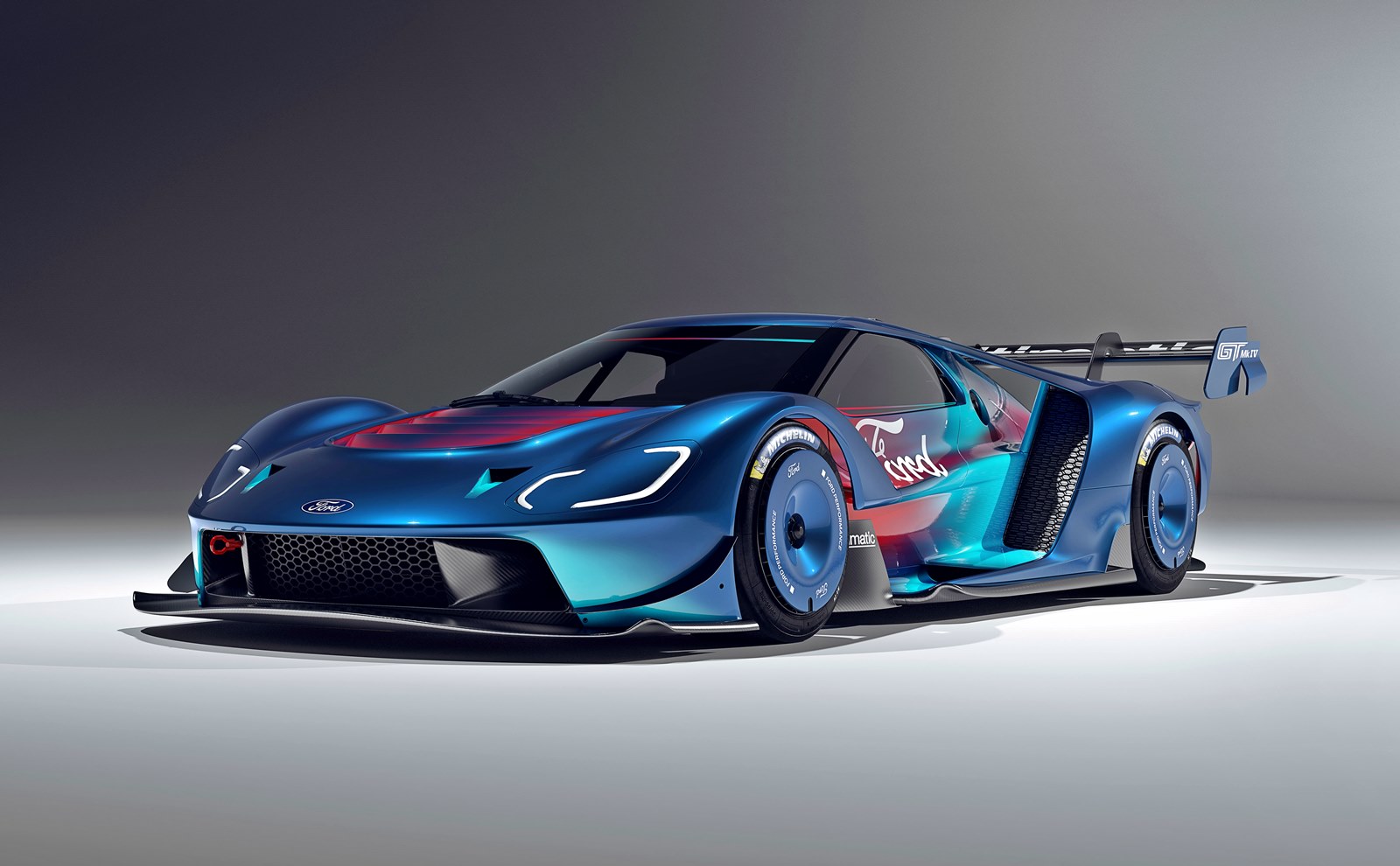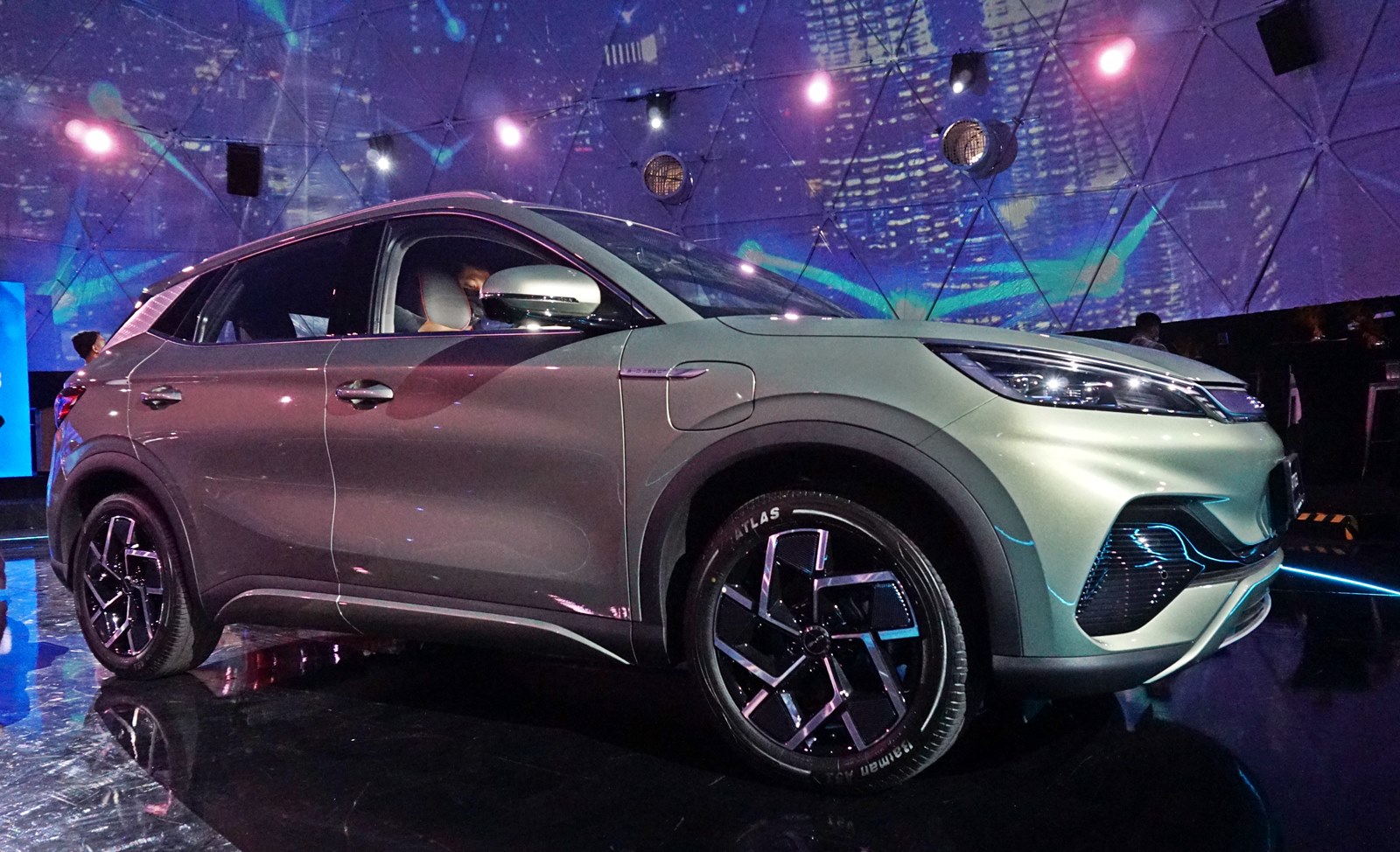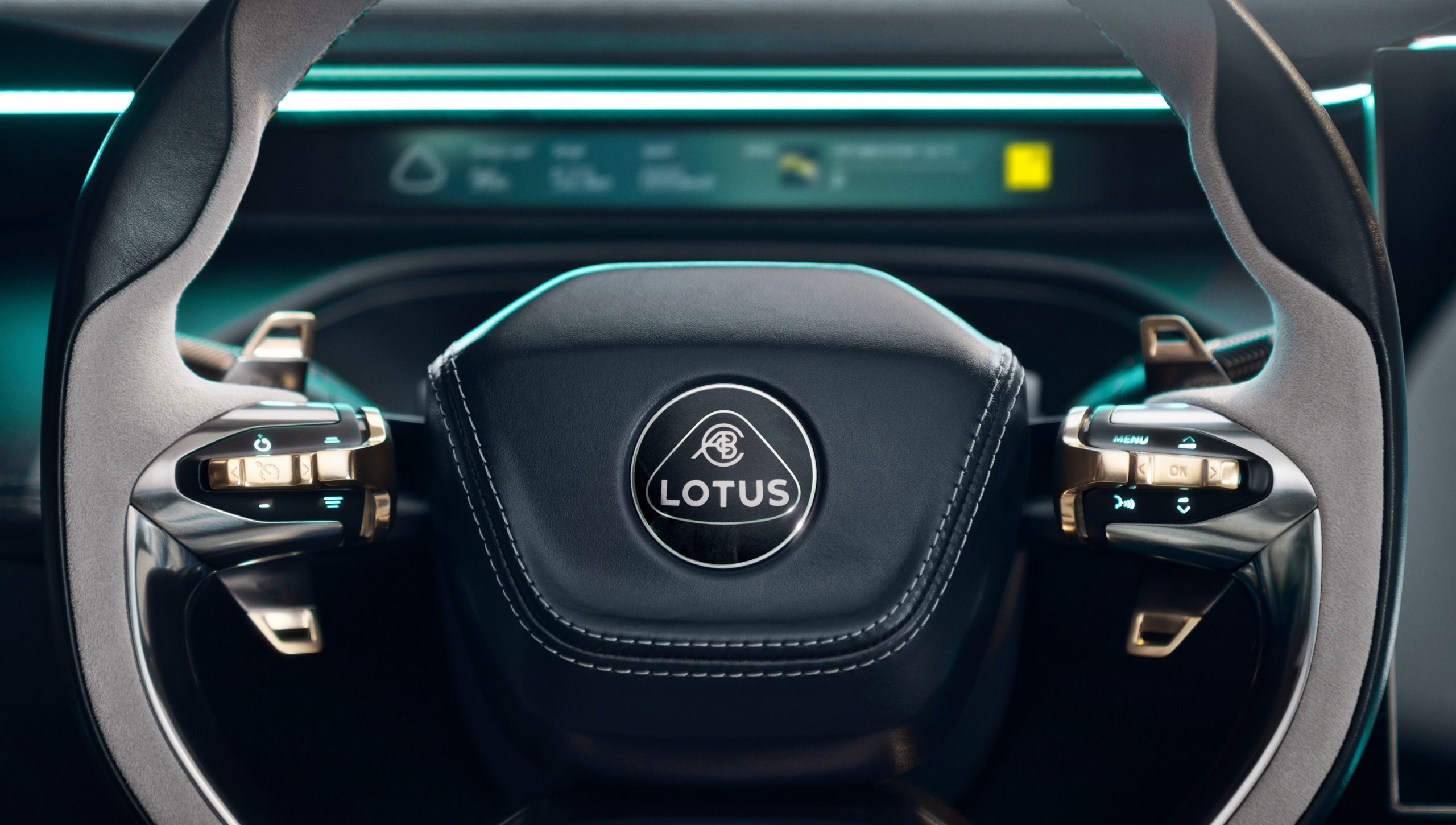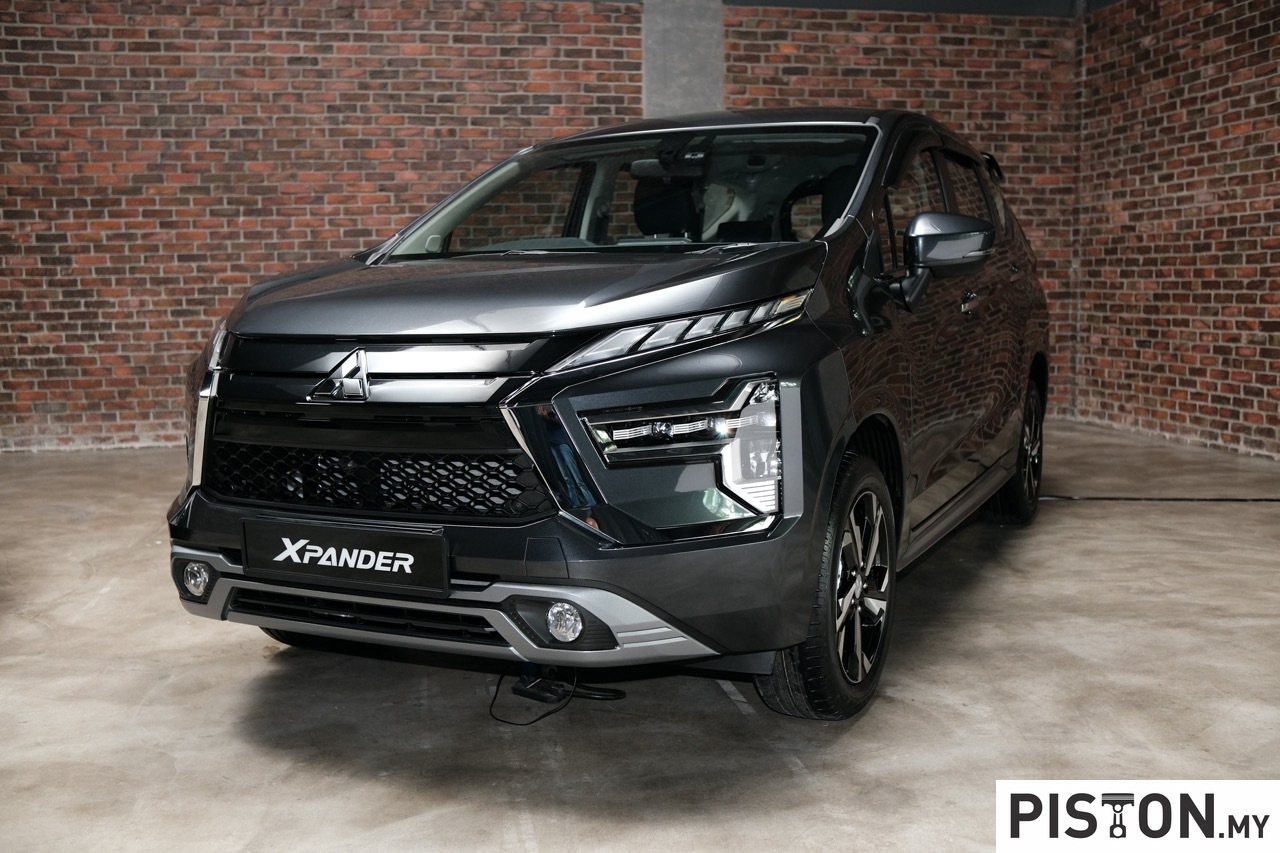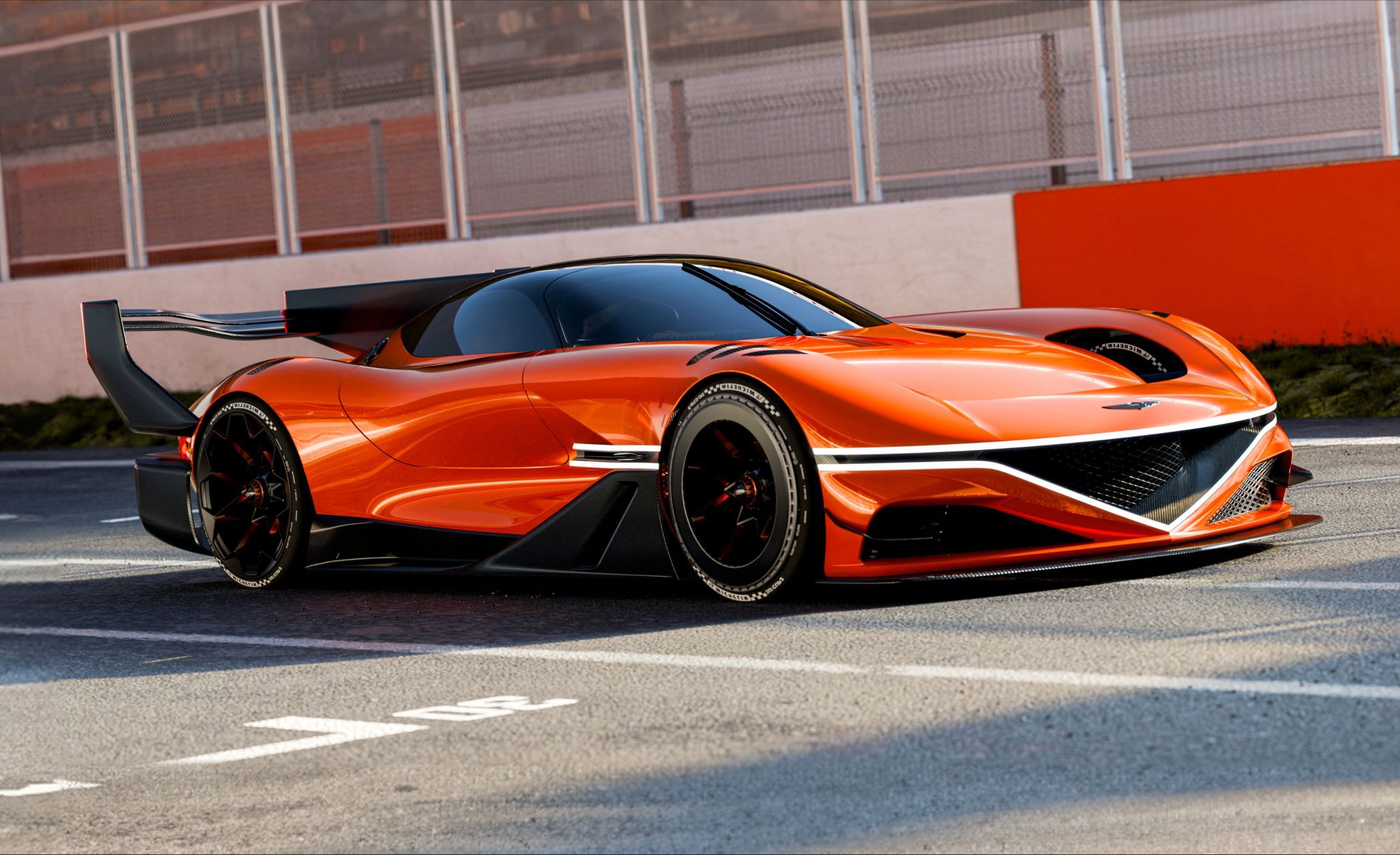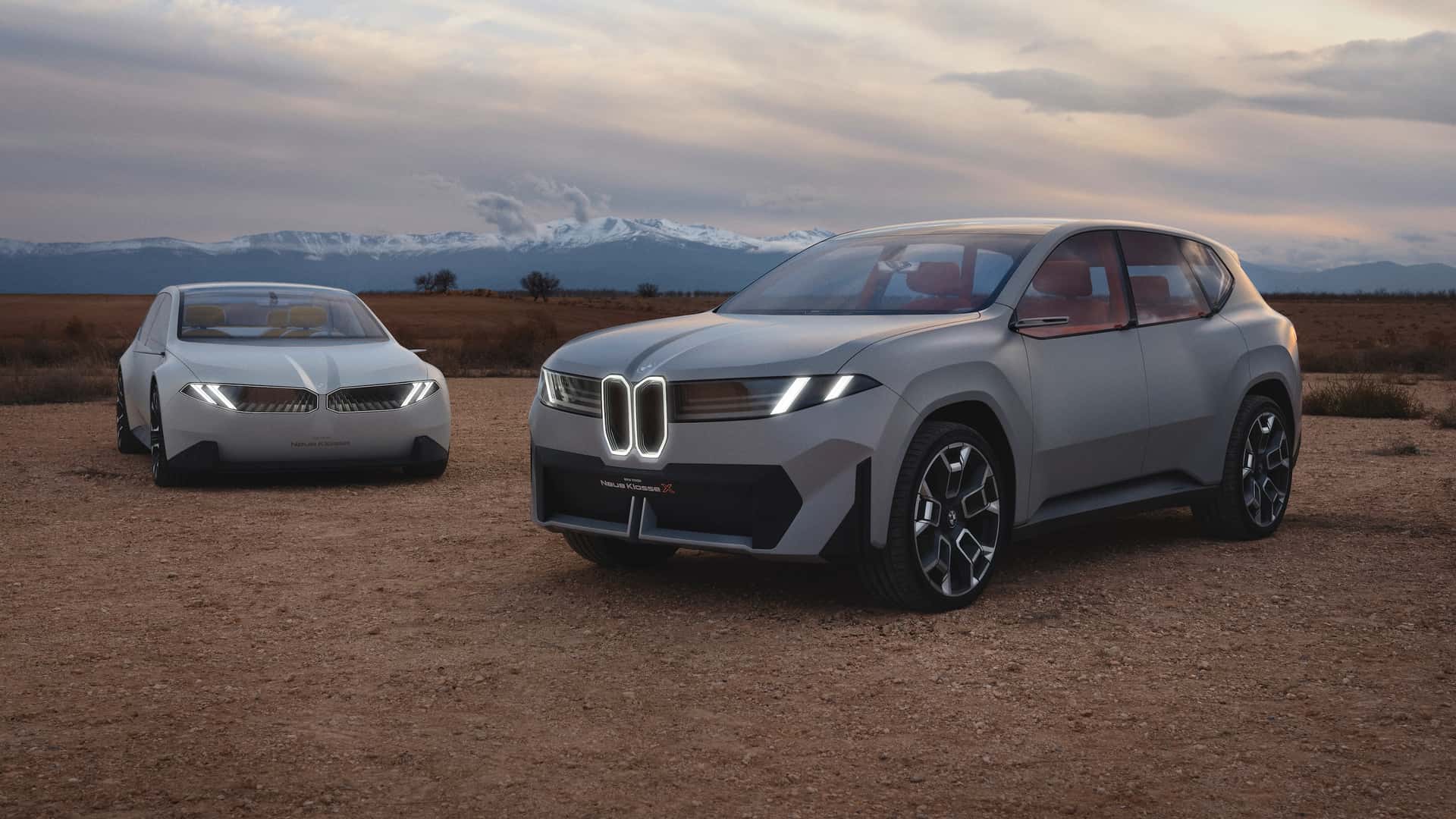Although electrically-powered cars were in existence over 100 years ago and were common in the early 20th century, they faded away as the combustion engine became more favoured for vehicle propulsion. The technologies available at that time prevented improvements being made to batteries – the ‘fuel tank’ for electric vehicles (EVs) – as well as related systems such as the motors. As combustion engined vehicles improved in performance, the limited performance of EVs saw them losing popularity.
Since the beginning of the 21st century, though, there has been a revival of the EV as concerns about the environment have grown. With emissions from the combustion engine affecting not only air quality but also causing climate change, governments have demanded that the auto industry find alternative propulsion systems and EVs, with zero emissions, are seen to be the quickest solution.
Huge sums have this been allocated for R&D to rapidly switch over to EVs as fast as possible. As such, the pace of technology evolution has accelerated and improvements are taking place within shorter time-frames. Each year, batteries are having greater storage capacity without growing in size and, together with other efficiency improvements, the range is extending. From less than 100 kms for the few EVs sold in the 1990s, 400 to 500 kms is now a common figure for new models.
(more…)





